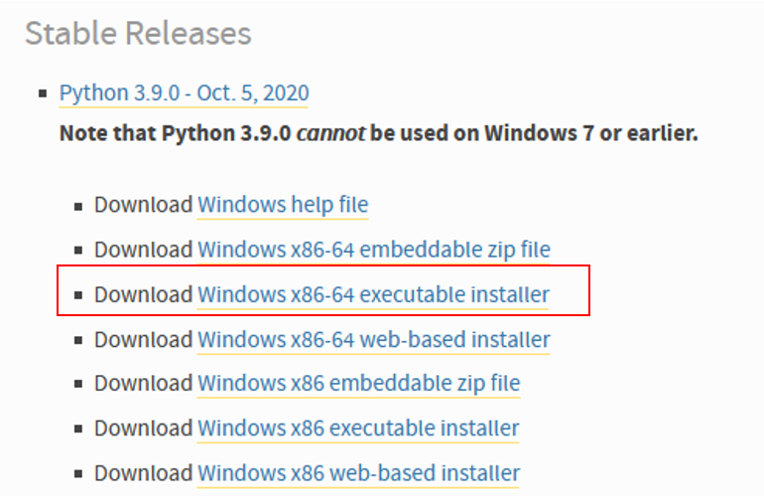Getting Started
Before we get started with Python, we need to set up our machines to be able to run any of the code we’ll be covering in this course. In this lesson, we will go through how to set up Python 3 on your machines. We will go through the process for various operating systems. Alternatively, if you don’t want to set up Python just yet, feel free to create a account on repl.it and use that!
Choosing a Text Editor
For the duration of this course, we will need a text editor to do any sort of development. I will need the choice of text editor up to you but here are some my favorite ones
[Visual Studio Code](https://code.visualstudio.com/)
[Sublime Text](https://www.sublimetext.com/)
[Atom](https://atom.io/)
They're all cross platform so you won't have to worry about your operating system just yet!
Python Interpreter
In order to run any python files, we need a Python interpreter. A Python interpreter is basically a translator that translate the Python code that you develop into a machine readable language (1's and 0's). The Python Interpreter is operating system dependent, so you will need to follow the guide that is written for your operating system for it to work!
Windows Operating Systems
First, you'll need to know if your operating system is 64-bit or 32-bit. You can check that by going to the Windows search bar, then search for PC and click on properties.
After you’ve established what Operating System you have, you can go to https://www.python.org/downloads/windows/ and install the latest stable release for your operating system. For example, my operating system is Windows 10 Home - 64 bit, so I would click on Windows x86-64 executable installer.


